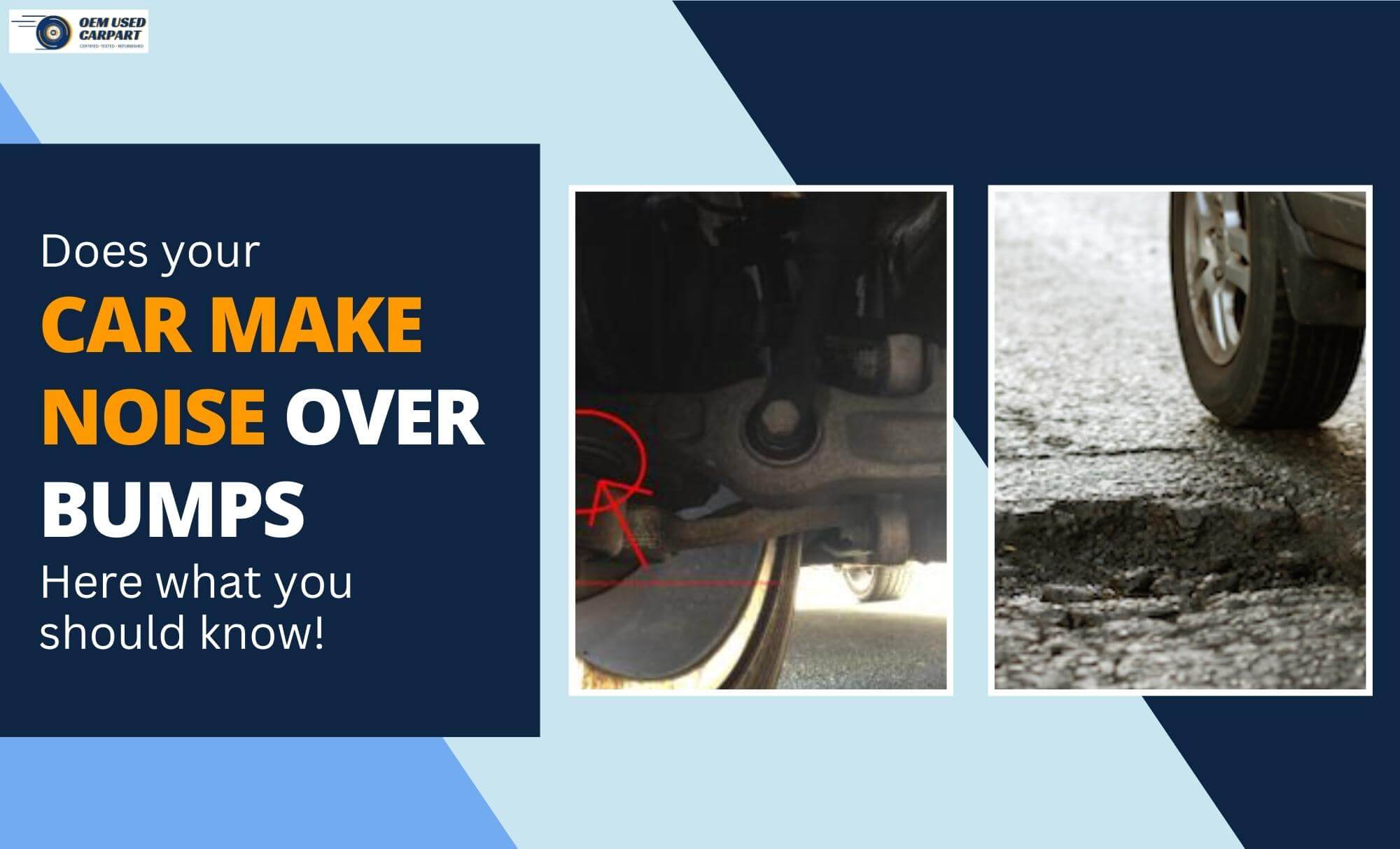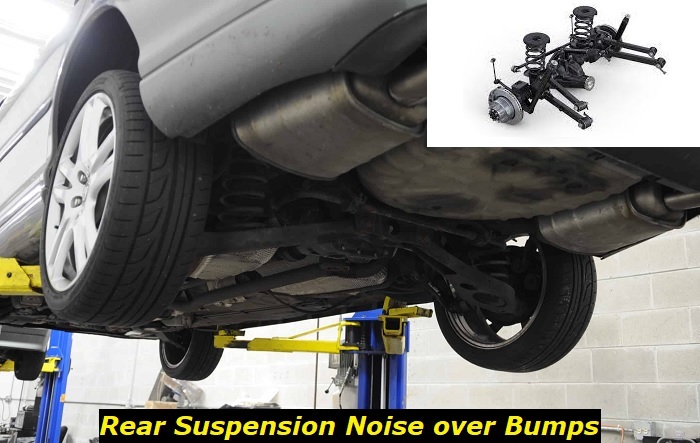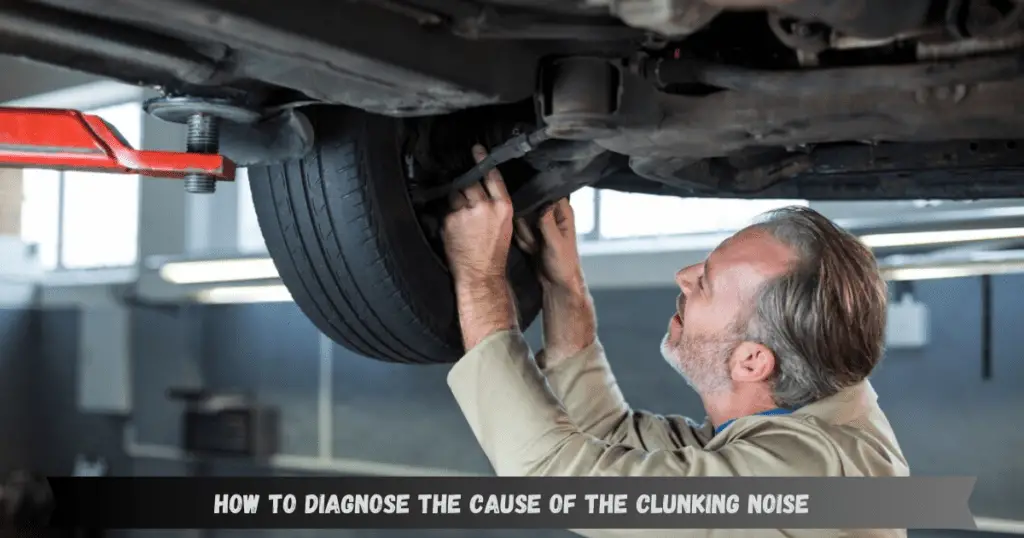Why Your Ford Focus Grumbles, Clunks, or Rattles Over Bumps: A Comprehensive Guide
The Ford Focus, a popular and reliable compact car, is known for its practicality and fuel efficiency. However, even the most dependable vehicles can develop quirks, and one of the most common complaints from Focus owners is noise when traversing bumpy roads or uneven surfaces. That unsettling clunk, rattle, or grumble can quickly disrupt your driving experience and leave you wondering what’s going on under the hood. This article dives deep into the potential causes of these noises, helping you understand the issue and potentially identify the culprit.
Common Noises and Their Possible Sources
The specific sound your Ford Focus makes can offer valuable clues to the problem. Here’s a breakdown of common noises and their potential origins:
Clunking: This typically indicates a more significant issue.
- Suspension Components:
- Worn Struts or Shocks: These are designed to absorb impacts. When they fail, they can allow the suspension to bottom out, causing a loud clunk.
- Damaged Control Arm Bushings: These rubber or polyurethane bushings connect the control arms to the chassis. Worn bushings allow excessive movement and clunking.
- Failing Ball Joints: These joints connect the control arms to the steering knuckle. Worn ball joints can create a clunking noise, especially during turns.
- Broken or Damaged Sway Bar Links (End Links): These links connect the sway bar to the suspension, and a broken or worn link can cause a clunking noise.
- Loose or Damaged Components:
- Loose Exhaust System: A loose exhaust system can bang against the undercarriage.
- Loose Heat Shields: Heat shields can become loose and rattle or clunk.
- Suspension Components:
Rattling: This often points to smaller, less critical issues.
- Suspension Components:
- Worn Strut Mounts: These mounts sit at the top of the struts and can rattle as they wear out.
- Loose or Worn Sway Bar Bushings: These bushings help secure the sway bar to the chassis. Worn bushings allow the sway bar to rattle.
- Other Components:
- Loose Components in the Interior: Items in the glove compartment, under the seats, or in the door panels can rattle.
- Loose or Damaged Trim Pieces: Loose trim pieces, especially under the car or in the wheel wells, can rattle.
- Loose Brake Calipers or Brake Pads: A loose brake caliper or brake pad can rattle.
- Suspension Components:
Grumbling/Groaning: This can suggest issues related to movement and friction.
- Suspension Components:
- Dry or Worn Suspension Bushings: Lack of lubrication or worn bushings can cause groaning sounds, especially in cold weather.
- Failing Struts or Shocks: While a clunk is common, initial strut/shock failure can sometimes present as a groan or creak.
- Other Components:
- Steering System Issues: Issues with the power steering pump or steering rack can sometimes cause groaning noises.
- Suspension Components:
Diagnosing the Problem: A Step-by-Step Approach
Identifying the source of the noise is crucial for a proper repair. Here’s a simple diagnostic process:
- Listen Carefully: Pay close attention to when the noise occurs (over bumps, during turns, braking, etc.) and where it seems to originate (front, rear, left, right).
- Visual Inspection:
- Check Tire Condition: Ensure your tires are properly inflated and free of damage.
- Inspect Suspension Components: Look for obvious signs of wear, damage, or leaks on struts, shocks, control arms, ball joints, and sway bar links.
- Check Exhaust System: Inspect the exhaust system for any loose components or damage.
- Examine Heat Shields: Ensure heat shields are securely attached.
- Rock the Vehicle: Push down on each corner of the car and release it. Observe the suspension’s movement and listen for any unusual noises.
- Test Drive: Drive the car on a variety of surfaces, including smooth roads, bumpy roads, and during turns. Listen for the noise and note when it’s most prevalent.
- Professional Inspection: If you cannot identify the problem, take your Ford Focus to a qualified mechanic. They have the tools and expertise to diagnose the issue accurately.
Maintenance and Prevention
Regular maintenance can help prevent many of these issues:
- Regular Suspension Inspections: Have your suspension inspected during routine maintenance intervals.
- Proper Tire Inflation and Alignment: Maintain proper tire pressure and get your wheels aligned regularly.
- Prompt Repairs: Address any suspension problems promptly to prevent them from worsening and causing damage to other components.
Conclusion: Keeping Your Focus Quiet and Comfortable
The noises your Ford Focus makes over bumps can be frustrating, but understanding the potential causes empowers you to address the issue effectively. By carefully listening, performing a visual inspection, and seeking professional help when needed, you can pinpoint the source of the problem and ensure a smooth, comfortable driving experience. Remember to prioritize regular maintenance to keep your Ford Focus running smoothly for years to come.
Frequently Asked Questions (FAQs)
Is it safe to drive my Ford Focus if it’s making noise over bumps?
It depends on the severity of the noise and its source. A minor rattle might be annoying but not immediately dangerous. However, a loud clunk or significant suspension noise could indicate a serious issue that compromises handling and safety. It’s always best to have the vehicle inspected by a mechanic if you are concerned.
How much does it cost to fix the noise?
The cost varies greatly depending on the cause. Replacing a worn sway bar link might be relatively inexpensive, while replacing struts or control arms can be more costly. Get a quote from a trusted mechanic after they diagnose the problem.
Can I fix the noise myself?
Some minor repairs, such as tightening a loose heat shield, may be within the capabilities of a DIY enthusiast. However, suspension repairs often require specialized tools and expertise. If you’re not comfortable working on your car, it’s best to leave the repairs to a professional.
What if the noise only happens in cold weather?
This often points to issues with suspension bushings, which can stiffen and creak in cold temperatures. It could also be related to worn or dried-out suspension components.
Can worn tires cause noise over bumps?
Yes, worn tires can contribute to road noise and amplify any existing suspension issues. Uneven tire wear can also lead to vibrations and noises.




